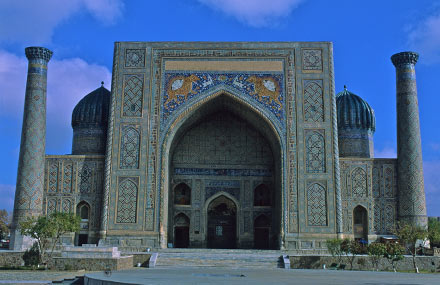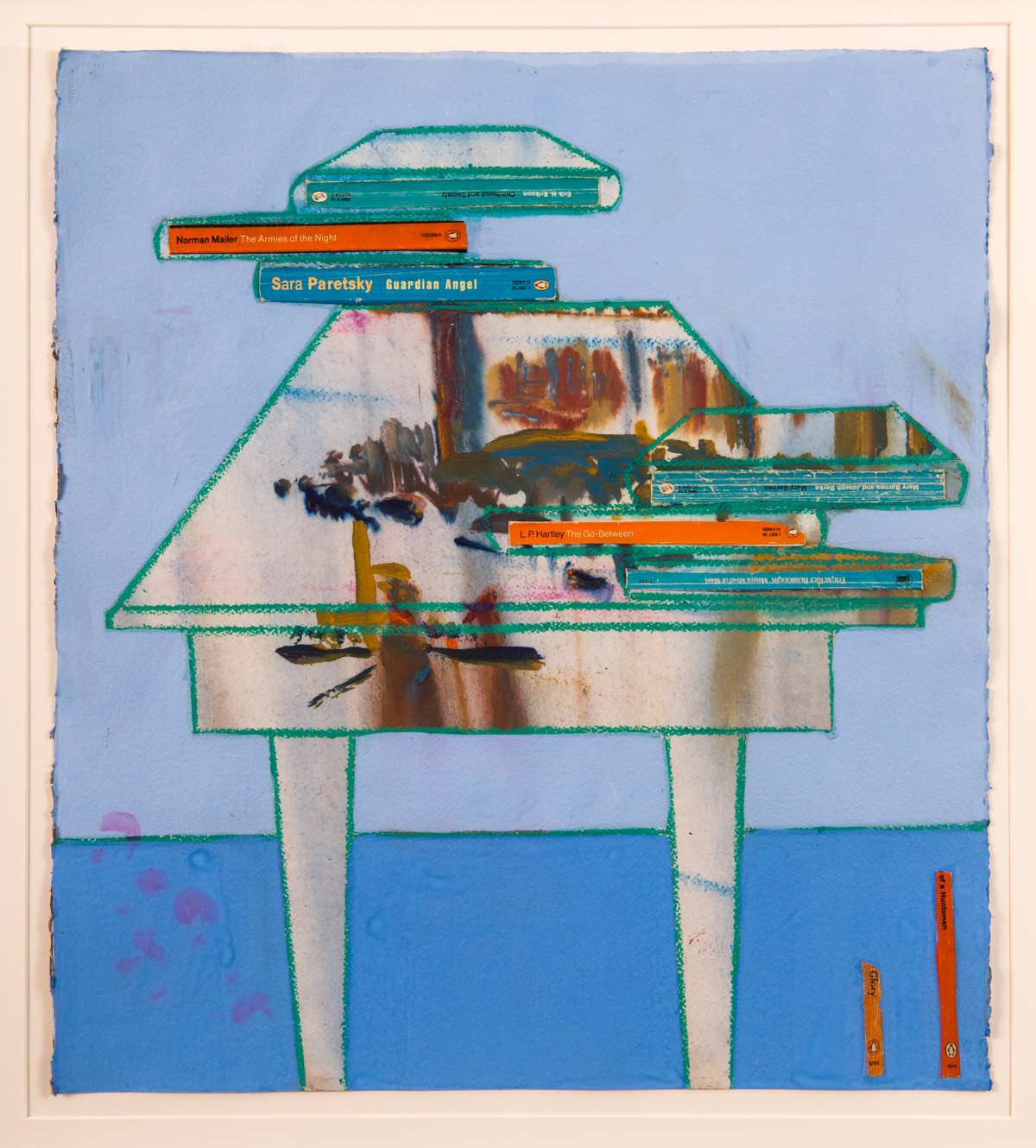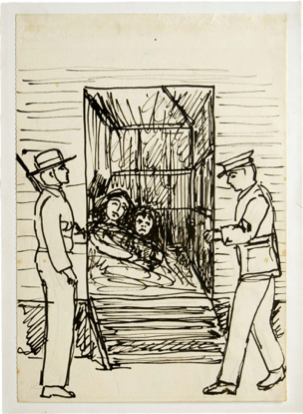
The State Library and ASA Cultural Tours (Australians Studying Abroad) are presenting a series of illustrated lectures that explore the diverse economic, political, ethnic, religious, architectural and artistic interactions throughout the Silk Route.
The Silk Route – also known as the Silk Road – played a vital role in world history as an economic network. It was also an important zone where diverse peoples and their beliefs and cultures interacted.
These lectures address the Silk Route’s history over millennia as well as its present role in the post-Soviet republics and the burgeoning powerhouse of China.
Dates
Sunday 20 October 2013, 1:00pm – 2:00pm
Sunday 20 October 2013, 2:30pm – 3:30pm
Sunday 27 October 2013, 1:00pm – 2:00pm
Sunday 27 October 2013, 2:30pm – 3:30pm
Saturday 30 November 2013, 1:00pm – 2:00pm
Saturday 30 November 2013, 2:30pm – 3:30pm
Venue: Village Roadshow Theatrette, Entry 3, La Trobe St
Bookings required: 03 8664 7099, inquiries@slv.vic.gov.au
Cost: $20 for one lecture, $30 for a single afternoon of two lectures, $90 for the full series of six lectures.
Bookings and enquiries: http://www.slv.vic.gov.au/event/silk-route-world-history
Full Program
Mixed messages on the Silk Road
Christopher Wood, Director, ASA Cultural Tours
Sunday 20 October 1–2pm
This lecture explores the different ways in which the Silk Road today is portrayed to Western travellers and in Chinese tourism, as well as by the Central Asian republics in search of national narratives. It addresses the fascinating relationship of its past to its present from the perspective of world history.
Venice, the Islamic world & the Silk Road
Dr Stefano Carboni, Director, Art Gallery of Western Australia
Sunday 20 October 2.30–3.30pm
Venice’s prosperity over the centuries depended almost entirely on her role as Europe’s gateway to the rich civilisations in the East, which were all accessible through the well-established Silk Road. The lecture will explore how exchange of cultural and artistic values blossomed along these routes, devoting special attention to Venice and the Islamic world in the Medieval period and Renaissance.
An episode in the great game: a Russian playwright is murdered in Tehran in 1829
Dr Adrian Jones OAM, Associate Professor of History, La Trobe University
Sunday 27 October 1–2pm
How did Alexander Sergeevich Griboedov, author of Woe from wit (Горе от ума), one of the finest classic farces in Russian literature, come to be murdered while on diplomatic service in Tehran?
The Silk Route: a Buddhist highway
Dr Alexander McKay, former lecturer, SOAS, London
Sunday 27 October 2.30–3.30pm
Discover how religions travelled freely on the Silk Road, with Indian Buddhist masters reaching China in the pre-Christian era, and oases like Dunhuang becoming Buddhist centres.
Power dressing along the Silk Route: robes, robing & statecraft
Dr Susan Scollay, State Library of Victoria Creative Fellow 2012–13
Saturday 30 November 1–2pm
This lecture explores the circulation of silk and associated goods along the greatest trade route in history. It addresses the symbolic value of luxurious robes and the widespread practice of ceremonial investiture.
Iran & the Silk Road
Dr Iain Shearer, FRAS, Research Associate, Institute of Archaeology, University College London
Saturday 30 November 2.30–3.30pm
From Cyrus the Great to Sogdian merchants and from Manichean priests to Parthian archers, Iranian speaking peoples have been integral to the development and utilisation of the great Silk Road. This lecture will examine the Silk Road from the perspective of Iranian speaking peoples and why these historic webs of networks could be as equally described as ‘The Glass Road’.




